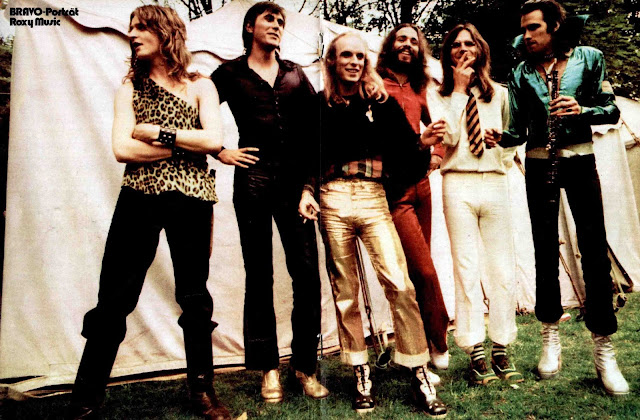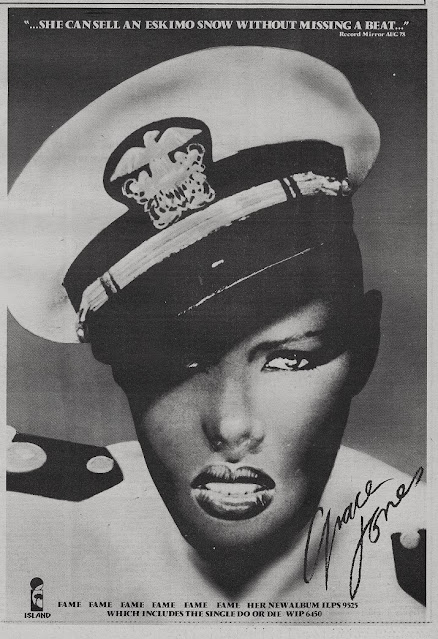fragment, from an essay about something else, on my favorite film
“I am a bullet”—Chas Devlin
The essence of mod is the connection between Englishness, style, and violence.
Rock ‘n’ roll had triggered violence before (with the cinema seat slashing done by Teddy Boys driven into a frenzy of excitement by the first rock’n’roll movies) but it had never represented it musically or enacted it onstage. The mod sound was expressive not of sexual desire but of an unrest at once social and existential. It's latent violence was dramatized by The Who in their climactic orgies of instrument-smashing: the orgasmic release that mod music and mod neurology required.
From violence aestheticized, to a kind of aesthete of violence: Chas Devlin, the smooth criminal protagonist of Performance, a Donald Cammett and Nic Roeg directed film made in 1968 but released a couple of years later. Played by James Fox, Chas is an enforcer for a “firm” (criminal syndicate) in East London, a virtuoso “performer” who collects protection money and puts the squeeze on “flash little twerps”. Chas is also a bit of a mod, what with his short hair, thin ties and sharp suits. He’s a narcissist who may have a homosexual past but currently goes in for S&M games with his girlfriend involving whips and mirrors. In one scene, we see Chas in his bachelor pad in a posh apartment complex, dressing with great care. In a shot that seems to look ahead to Richard Gere in American Gigolo, Chas selects gold cuff links from a drawer that contains about a dozen sets, and then obsessively fussing over the placement of some magazines on his coffee table, making millimeter adjustments so that they are square with the edges of the table. Then he’s off to threaten the owner of a betting shop who is being coerced into merging with the firm: the camera cuts from Devlin’s almost prissy sartorial rituals to a dustbin being hurled through the betting shop window by one of his thugs.
Later, on the run after killing the betting shop owner, with whom he has some extremely personal history, Chas winds up hiding from the law in the Ladbroke Grove house of Turner, a burned-out and decadent rock star modeled on the Rolling Stones’s Brian Jones but actually played by Mick Jagger. Phoning an accomplice, Chas says he’s “on the left” (i.e. West London) and complains about the “long hair, beatniks, druggers, free love” atmosphere of his hideout. Chas is uptight and as Performance unfolds Turner and his lover Ferber (played by Brian Jones’s girlfriend Anita Pallenberg) loosen up their sociopath guest with hallucinogens, in order to break down his character armor and poke around inside his inner workings.
Whether deliberately intended as an in-joke or just an instinctive choice, the confrontation between the Rolling Stone and the mod-like Chas is inspired. Mods loathed the Stones, regarding them as scruffy art-school bohemians with dirty long hair. The very things that made Jagger, Jones and Richards anti-heroic role models for bourgeois students the world over was what convinced the mods they were posh middle class kids slumming it. The antipathy endured: echoing Pete Meaden’s definition of mod as “clean living under difficult circumstances”, Paul Weller once declared his belief in “clean culture, real culture. Not all this bullshit… rock fuckin’ image and…. elegantly wasted wankers, like Keith Richards.”
One of the key figures behind Performance was David Litvinoff. He’s credited as Dialogue Consultant and Technical Advisor, but his most important role was serving as the conduit between the demimonde of upper class Chelsea and the East London underworld inhabited by the Kray Twins (the sharp dressed mobsters who provided the model for Chas’s firm).
In his BFI Film Classics monograph on Performance, Colin McCabe describes Litvinoff as “ suppressed, violent, buttoned up...” But then again “buttoned up”, or it’s more common equivalent “bottled up”, could almost be the definition of Englishness....

































